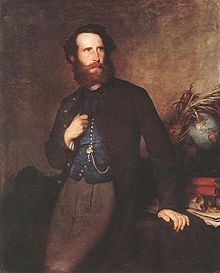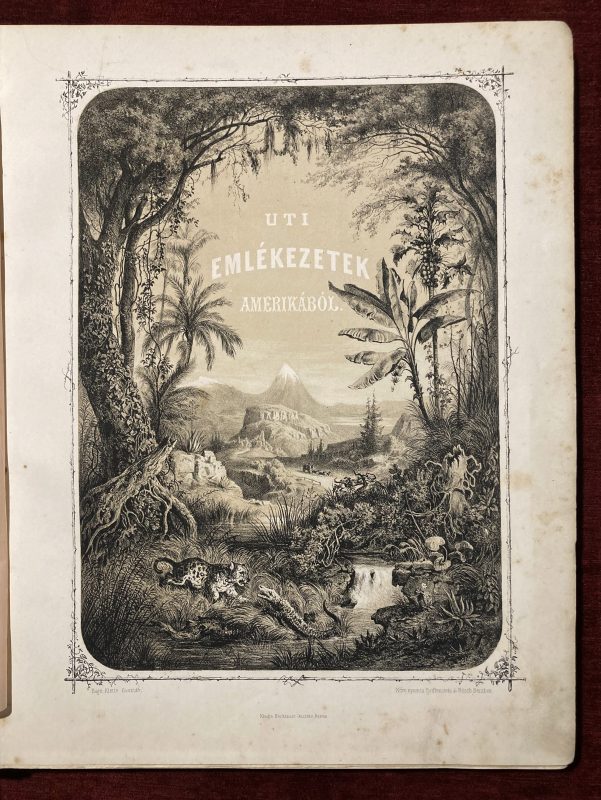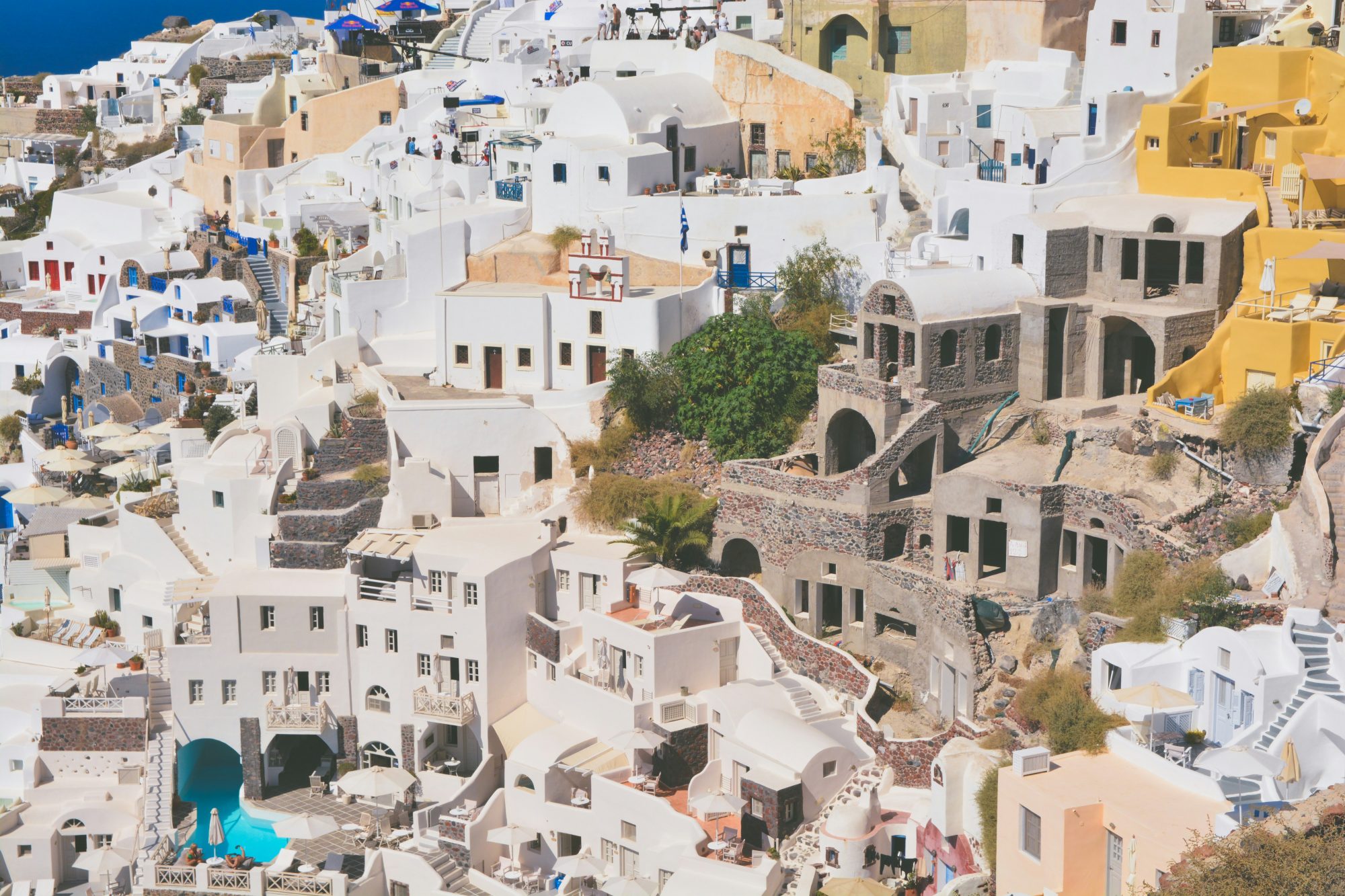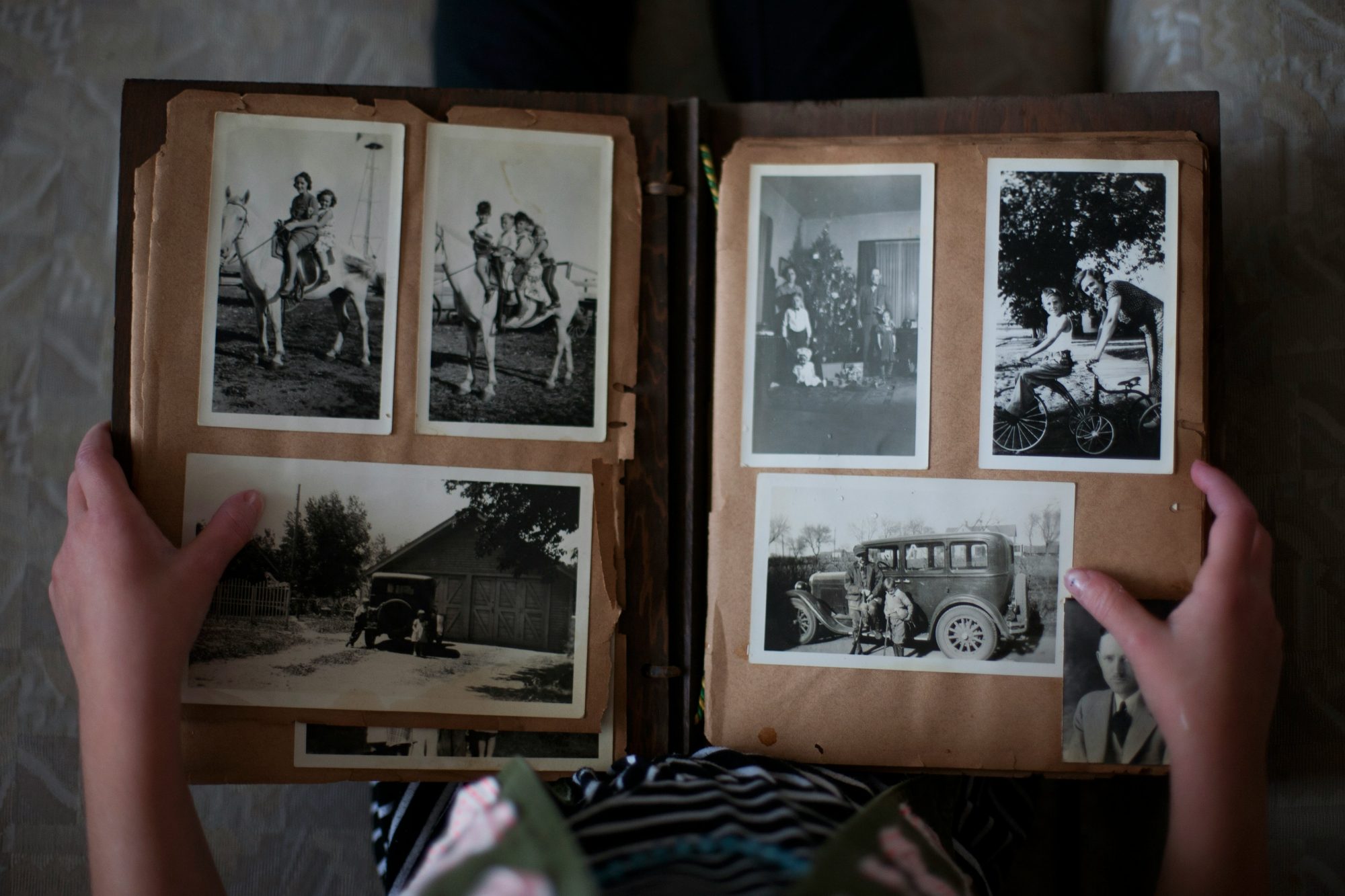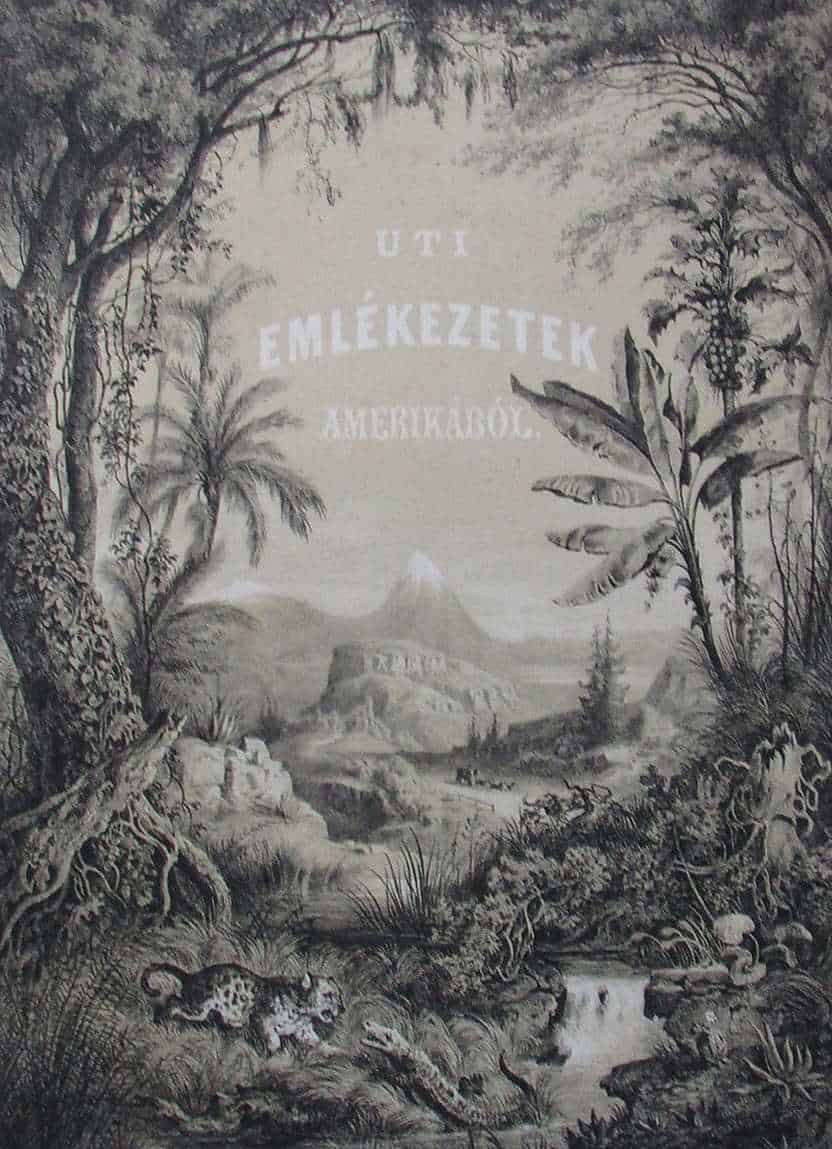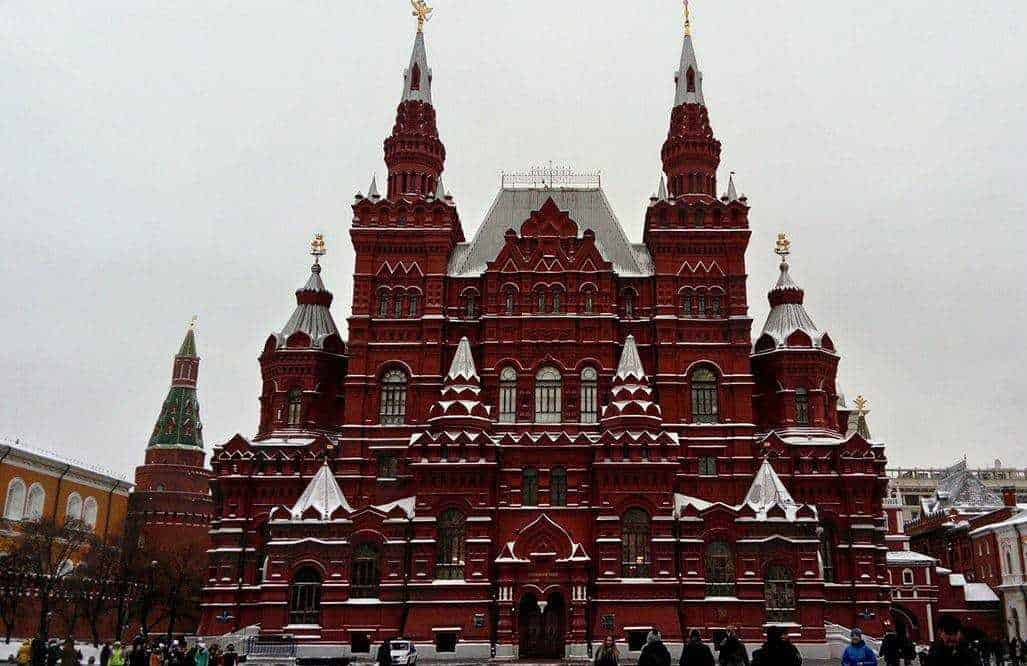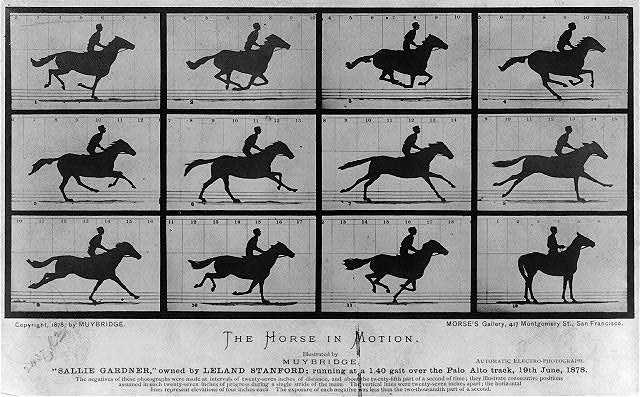Pál Rosty: The Life of an Explorer
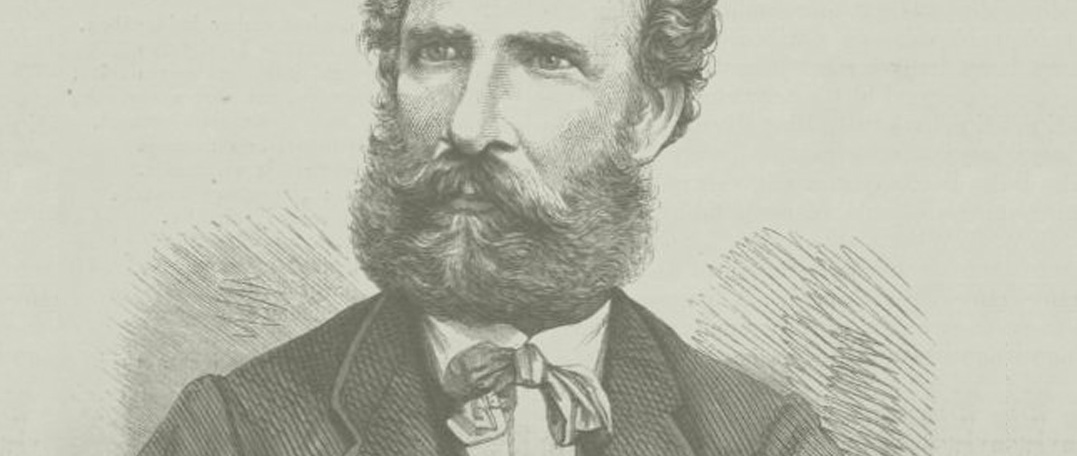
Pál Rosty and the Revolution
The revolutions of 1848 were a series of political upheavals throughout Europe. The most widespread revolutionary wave in European history irreversibly changed millions of lives. One of the people involved was an 18-year-old Pál Rosty, a member of the ancient Roman Catholic Hungarian noble family Rosty de Barkóc. The family held lands and titles since the 14th century. They were one of the most influential dynasties in the political life of Hungary. So, responsibility and national pride became the reasons that young Pál Rosty joined the revolution against the Habsburgs. Had he remained faithful or neutral, Pál Rosty might have led the idle life of an average nobleman. It was not the case. Hungarian forces were defeated, Habsburg’s power was restored and Hungary was placed under brutal martial law.
The Escape
To avoid punishment, young Pál Rosty escaped to Munich. There he studied biology and chemistry. Soon after that, he emigrated to Paris, where he learned and studied the new art of photography, which became his great passion. One of the people he met while in Munich was Alexander von Humboldt. He was a Prussian polymath, geographer, naturalist, and explorer. Between 1799 and 1804, von Humboldt traveled extensively in the Americas, exploring and describing it for the first time from a modern perspective. Humboldt told Pál Rosty firsthand tales of this exciting world, and those stories stuck. So when Pál perfected the art of photography, he decided to visit the Americas and document what he saw.
The Americas – Paul Rosty travel book
Pál Rosty left on 4 August 1856 by ship to the United States. He visited Texas, New Mexico, and Mexico. Then, he traveled to the island of Cuba, staying in Havana, before continuing to Venezuela. During his trip, the political climate in Europe changed, and he arrived safely back in Hungary on 26 February 1859.
On his way back, Pál Rosty visited his mentor Alexander von Humboldt, just in time to see him on his deathbed. Pál told him of his experiences and showed him his photographs. However, he expressed dissatisfaction with the notes he made, which lacked a scientific angle. Humboldt encouraged his young student, telling him how enjoyable his tales, anecdotes, and photographs were. Emboldened, Pál published his travel book of the Americas, Úti emlékezetek Amerikából (The Memoires from America) in Pest in 1861.
Based on this work, Pál Rosty became a member of the Hungarian Academy of Sciences and a respected member of the community. His brother, on the other hand, never fought in any war. He remained, for the rest of his life, an idle nobleman.
Thank you for reading. Stay tuned for more articles.

